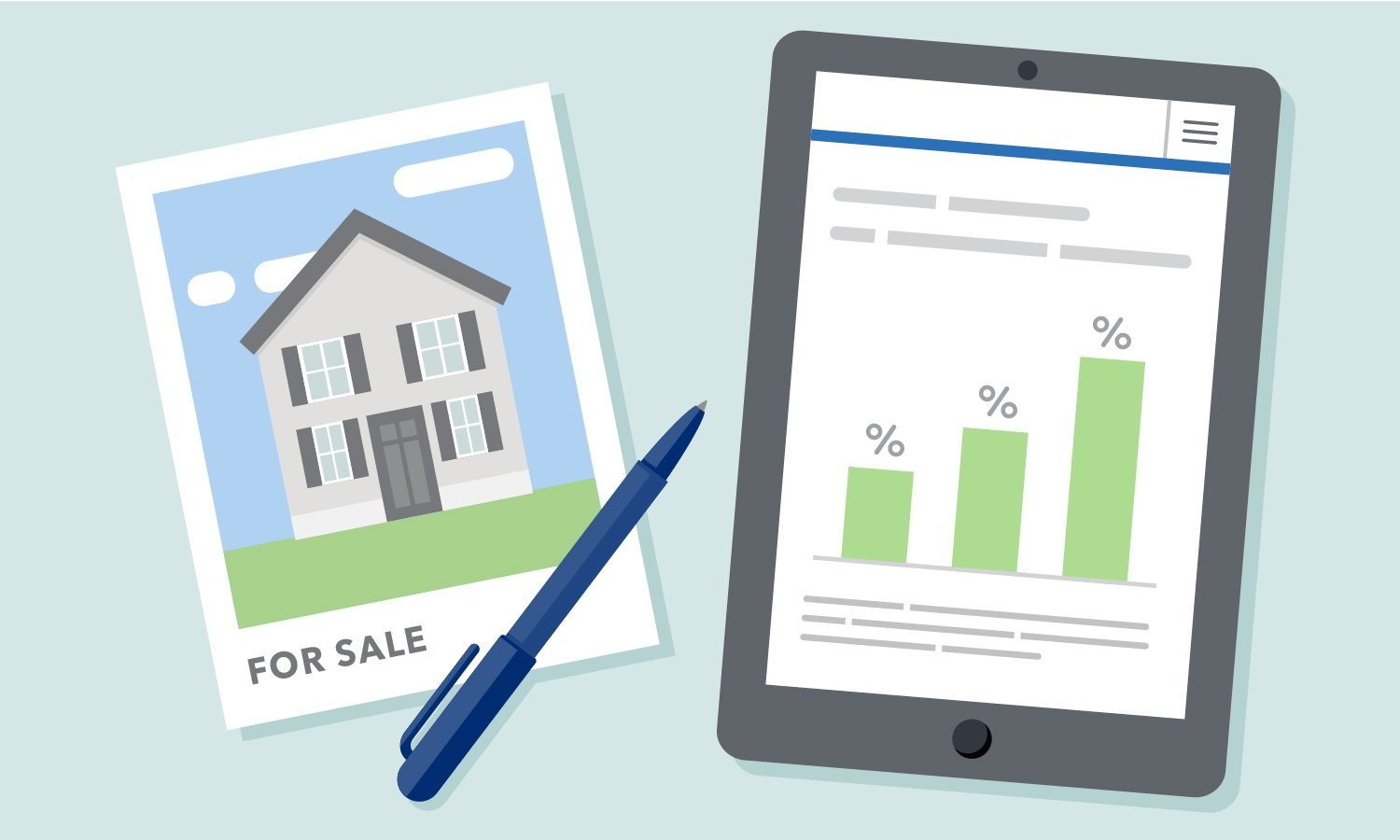Home>Finance>Up-Front Mortgage Insurance (UFMI): Definition And Calculation


Finance
Up-Front Mortgage Insurance (UFMI): Definition And Calculation
Published: February 14, 2024
Learn about Up-Front Mortgage Insurance (UFMI) in finance, including its definition and calculation methods. Protect your investment with UFMI.
(Many of the links in this article redirect to a specific reviewed product. Your purchase of these products through affiliate links helps to generate commission for LiveWell, at no extra cost. Learn more)
What is Up-Front Mortgage Insurance?
Up-Front Mortgage Insurance (UFMI) is a type of insurance that is required for certain types of mortgage loans. This insurance is designed to protect the lender in case the borrower defaults on the loan. It is often required for loans that have a down payment of less than 20% of the home’s purchase price. UFMI is typically paid upfront and added to the total loan amount.
Key Takeaways
- Up-Front Mortgage Insurance (UFMI) is a type of insurance that lenders require for certain mortgage loans.
- UFMI is designed to protect the lender in case the borrower defaults on the loan.
Now that we understand the basic definition of Up-Front Mortgage Insurance, let’s delve into how it is calculated.
How is Up-Front Mortgage Insurance Calculated?
The calculation of Up-Front Mortgage Insurance varies depending on the type of loan and the loan-to-value (LTV) ratio. LTV ratio is the ratio of the loan amount to the appraised value of the property. Here’s a step-by-step breakdown of how UFMI is calculated:
- Determine the loan amount: This is the total amount of money you will borrow from the lender.
- Calculate the LTV ratio: Divide the loan amount by the appraised value of the property and multiply by 100 to get a percentage.
- Consult the UFMI chart: Each loan program has a specific UFMI chart that provides the applicable rate for the LTV ratio.
- Multiply the loan amount by the UFMI rate: Multiply the loan amount by the UFMI rate to calculate the Up-Front Mortgage Insurance premium.
It’s important to note that the UFMI premium can be paid at closing or added to the loan amount. If it’s added to the loan amount, it will increase your monthly mortgage payments.
Overall, Up-Front Mortgage Insurance is an important aspect of certain mortgage loans. It provides protection for the lender in case of borrower default and allows borrowers to obtain loans with lower down payments. Understanding how UFMI is calculated can help borrowers make informed decisions when applying for a mortgage.














